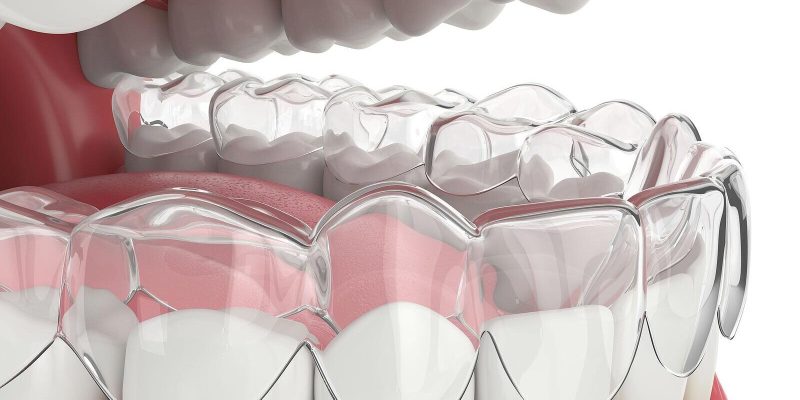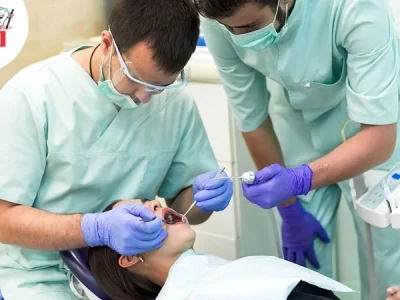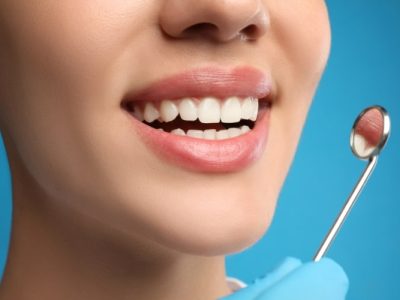Teenagers today lead dynamic, active lives. Between school, extracurriculars, sports, and social engagements, they need flexibility—especially when it comes to healthcare and orthodontics. One of the most common questions parents and teens ask about Invisalign is whether it can accommodate active lifestyles. Specifically: Can teens remove Invisalign for sports or activities? The answer is yes—with thoughtful consideration and discipline.
The Flexibility of Invisalign
One of Invisalign’s greatest advantages is that it is removable. Unlike traditional braces, which are fixed and often restrictive during high-intensity or contact sports, Invisalign aligners can be taken out. This makes them a favorable option for active teens who participate in:
- Team sports like football, basketball, and soccer
- Contact sports such as wrestling or martial arts
- Individual activities like dance, gymnastics, track and field, or swimming
- Musical performance where wind or brass instruments are involved
Being able to remove the aligners reduces the risk of injury to the lips and cheeks during physical contact. It also eliminates interference with performance in activities requiring mouth control, such as playing instruments or speaking clearly on stage.
When Should Aligners Be Removed?
Aligners should be removed for high-impact sports, especially those where a blow to the face is possible. A custom-fitted mouthguard should be worn instead to protect both the teeth and the aligners, which could otherwise crack or warp.
Teens should also remove aligners for:
- Eating and drinking anything other than water
- Brushing and flossing
- Events or moments where aligners may be damaged or lost
It’s worth noting that aligners should still be worn for 20 to 22 hours per day. This means that any removal for activities should be kept brief and should not become a habit that interferes with the consistency of treatment.
The Discipline Factor
The removability of Invisalign is a double-edged sword. While it provides freedom, it also requires responsibility. If teens frequently forget to wear their aligners after practice or competitions, their treatment could be delayed. Unlike traditional braces—which do their job 24/7—Invisalign’s success depends heavily on the user’s commitment.
Parents and orthodontists must communicate clearly with teens about the importance of wearing aligners consistently. Setting reminders or using the Invisalign mobile app can help track usage and progress.
Adapting to Active Lifestyles
Fortunately, Invisalign aligners are made from a smooth, BPA-free plastic that is custom-molded to fit snugly over the teeth. This makes them relatively comfortable even during most non-contact activities. Many teens report being able to wear them while running, biking, or even practicing yoga without any discomfort.
For sports with mouthguards, Invisalign can often be safely removed before practice and placed back in afterward. Some teens also opt to have a custom mouthguard made that fits over their aligners, although this should be approved by the orthodontist.
Expert Monitoring and Support
Orthodontists who specialize in treating teens with Invisalign understand the unique challenges that come with balancing treatment and lifestyle. Clinics offering invisalign for teens usually include features like compliance indicators on the aligners, built-in replacements for lost trays, and customized support for athletes and performers.
These added layers of care ensure that teens can remain active without compromising their orthodontic progress.
Conclusion
Yes, teens can—and in many cases should—remove their Invisalign aligners during certain sports or activities to protect both their mouth and their aligners. However, success with Invisalign hinges on consistent wear. With guidance from parents and orthodontists, and a bit of personal responsibility, active teens can enjoy both their lifestyle and the journey toward a healthier, straighter smile.








Comments